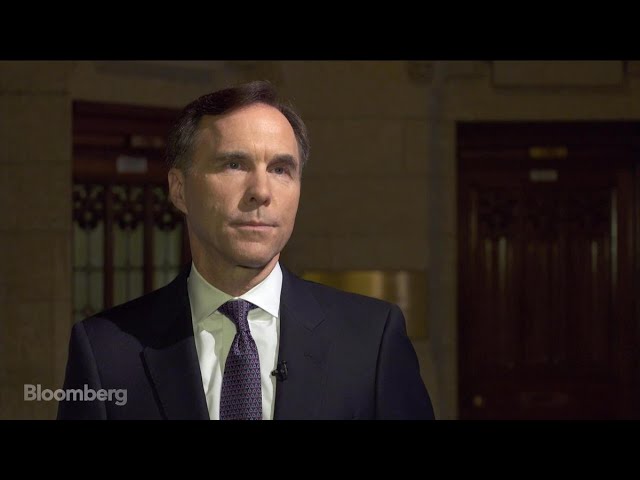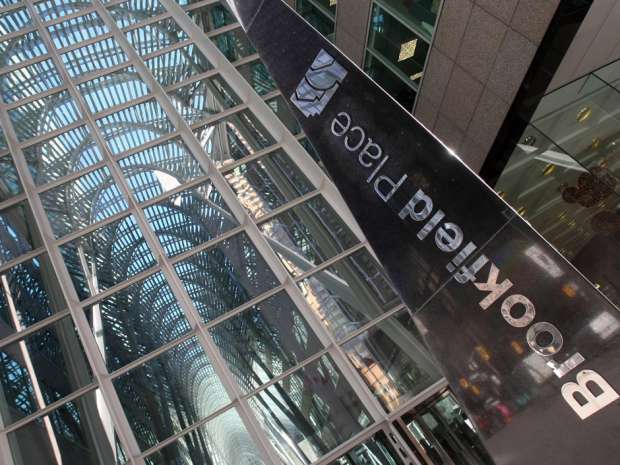ECB Treads Cautiously in Tapering Plans
by Fixed Income AllianceBernstein
As the European Central Bank (ECB) moves to reduce monetary stimulus to the euro area, it’s treading cautiously to avoid rattling currency or bond markets in the process. Bond purchases will be scaled back next year, but QE won’t be reversed.
The ECB is moving deftly as it gets ready to taper its bond purchases next year. At its Governing Council meeting on October 26, the ECB announced a reduction in monthly asset purchases—to €30bn—from January until at least September 2018. There were no changes to key aspects of the forward guidance: the central bank stands ready to increase and extend the purchase program if necessary, and “expects” rates to stay where they are until well past the horizon of net-asset purchases.
No Balance Sheet Reduction Anytime Soon
The ECB did add one element to its guidance: it will continue to reinvest principal payments from maturing bonds for an extended period of time after net bond purchases end.
This keeps the focus firmly on the total stock of purchases, helping counter any speculation that the ECB will follow the US Fed and start unwinding its balance sheet any time soon. As ECB President Mario Draghi said, the euro area is still well behind in the economic cycle.
There wasn’t much additional color from the press conference. Draghi revealed that the main point of contention during the meeting was whether the bond-purchase program should remain open ended or not. In the end, a “large majority” of Council members favored the open-ended approach.
The ECB also subtly changed the language of its introductory statement. According to the new wording, only an “ample degree of monetary stimulus” is required to return inflation to target; last month, reaching target inflation required “a very substantial degree of monetary stimulus.”
The Policy Path Ahead
Overall, the tone of the meeting seemed mildly dovish, but the policy direction of travel is pretty clear.
And the new introductory language shouldn’t be ignored: the euro area now requires progressively less monetary policy stimulus. The trick for the ECB is to manage this process without causing a sharp increase in the euro or a big bond-market selloff. So far, the communication strategy has been more than up to the job.
We expect euro-area growth to continue surprising on the upside. If this happens, the ECB is likely to reduce monthly asset purchases to zero in September 2018—even if inflation remains a bit soggy. That would clear the way for the first deposit-interest-rate hike in the first quarter of 2019 and the first refinancing-rate hike towards the end of that year.
Much of the post-meeting rhetoric hints at a more gradual process than this. However, the main goal wasn’t to commit to a future policy path—it was to ensure that an important step on the road toward policy normalization goes as smoothly as possible.
By all indications, this juncture did go smoothly, but the ECB’s reaction function has changed a lot over the past year and we expect this evolution to continue.
The views expressed herein do not constitute research, investment advice or trade recommendations and do not necessarily represent the views of all AB portfolio-management teams. AllianceBernstein Limited is authorised and regulated by the Financial Conduct Authority in the United Kingdom.
Copyright © AllianceBernstein
















